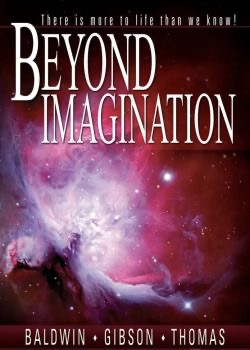In 1609, a man named Galileo Galilei was living in Italy, in a university town called Padua, when news came that inventors in the Netherlands had created a device that made objects appear closer than they were. Galileo was skeptical that such a thing was possible, but soon learned how the device worked, and made a better one of his own. Galileo’s spyglass made things seem nine times closer and could be used for military and commercial purposes. Galileo continued tinkering with his invention and before long he had a twenty-power telescope. Around the first of December of that year, Galileo pointed his telescope at the moon. What he saw forever changed our understanding of the universe around us.
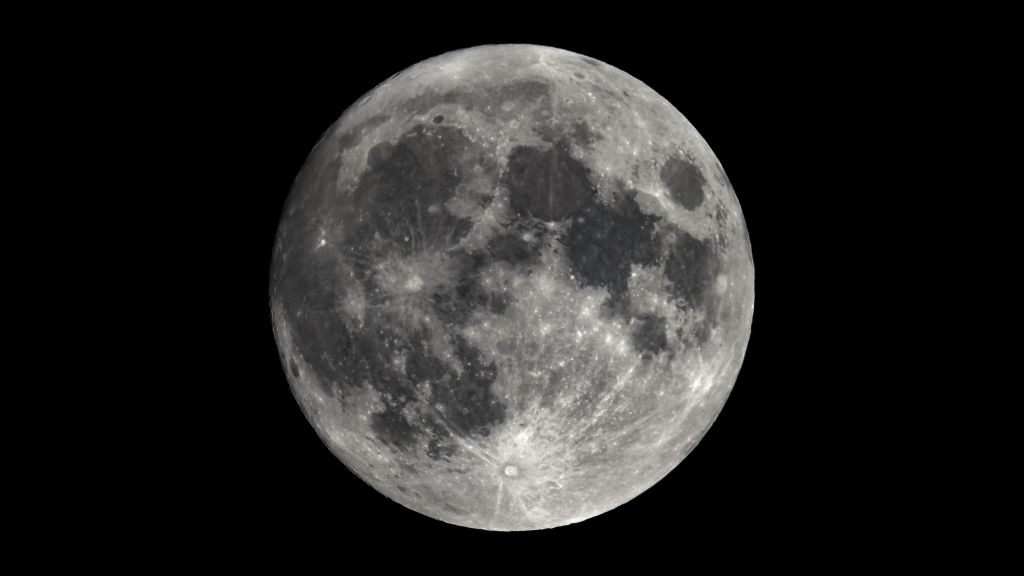
In those days, most people thought that the moon was perfectly round and smooth. The ancient philosopher Aristotle had taught that the heavens were perfect and the earth was imperfect. To his surprise, Galileo saw that the surface of the moon was rough, with mountains and plains. The “imperfect” moon surface led Galileo to rethink everything he thought he knew about the universe. The heavens, he decided, must be as “imperfect” as the earth.
While Galileo was studying the moon, he was surprised to discover something else. He noticed that the sky around the moon was filled with stars — stars no one had ever seen before. The “Milky Way” was well known, but it was thought to be a cloud of gas or dust particles. Of course, the Milky Way is really a large number of stars that are too faint and close together for the eye to see clearly. For the first time, Galileo could see that there were far more than just the 1,022 stars that the ancient Greeks had counted. This discovery helped scientists realise that the universe is enormously large.
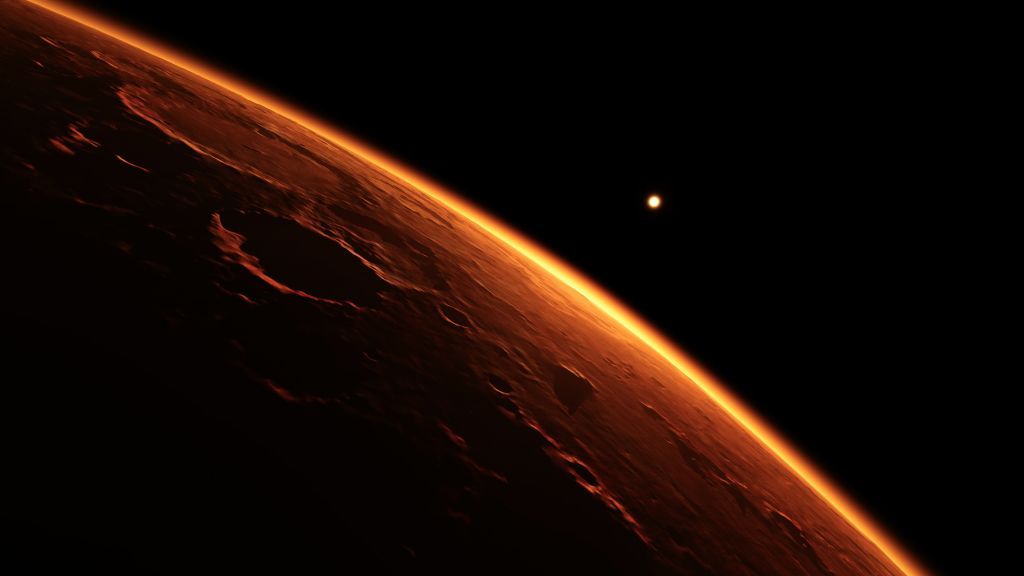
A few weeks later, Galileo was surprised again. While looking at the planet Jupiter through his telescope, Galileo discovered small “stars” that seemed to stay close to Jupiter. Surprisingly, these “stars” first appeared on one side of Jupiter, then disappeared, and then reappeared on the other side of Jupiter. Later, they disappeared again and reappeared on the first side. Galileo realized that they were orbiting Jupiter like our moon orbits the earth. Galileo saw three of them at first, then a fourth. Today, we can see a total of eleven moons circling Jupiter.
This discovery that moons circled something else besides earth supported an idea that astronomer Nicolaus Copernicus was suggesting: the earth is not the center of the universe. A scientific revolution was underway, a revolution that still affects us today.
A new picture of the universe
Our picture of the universe has changed dramatically since that fateful night in 1609. We now realize that far from being the center of the universe, we’re only a part of an unimpressive solar system located in a side branch of one of many galaxies. We can see that the same laws of nature that operate on earth also operate in the solar system and beyond. We have discovered that the universe is unimaginably large, with many different kinds of stars and many other objects, some of which we know very little about and have barely even begun to understand.
We can see that the universe contains enormous amounts of matter and energy. In spite of imperfect craters in the moon and on other planets, the universe is organised into very specific structures — solar systems, galaxies, and clusters of galaxies. And we have discovered certain evidence that the universe is not eternal, that it had a beginning.
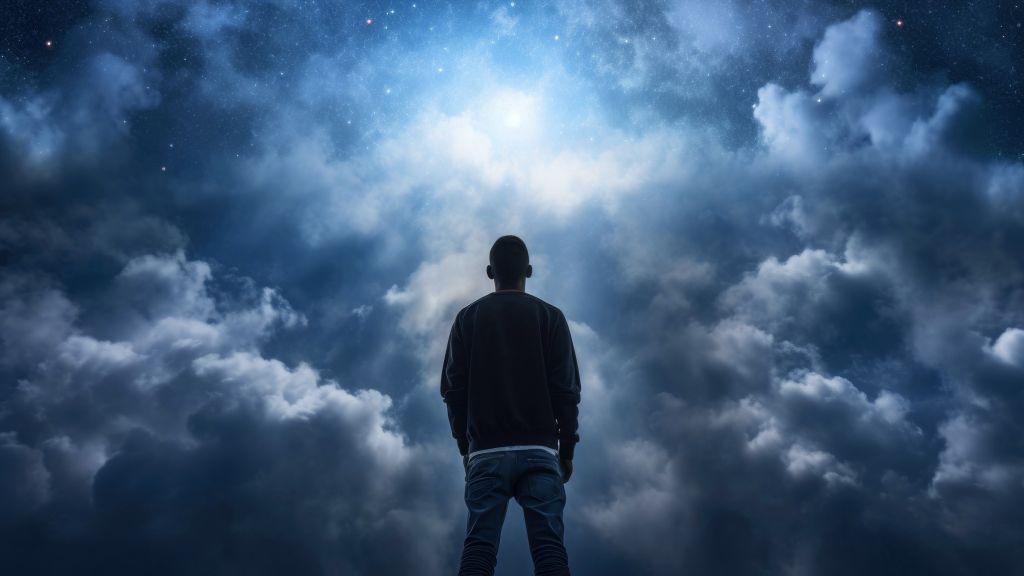
Today, we are used to the idea that new discoveries may change our ideas — new technology, new medicines, new ways of thinking. But in Galileo’s time, this was not so easily accepted. When Galileo turned his telescope toward the moon on that December night in 1609, he could not have imagined how much his discoveries would change our way of thinking.
An unimaginably large universe
As we have seen, the universe is much larger than Galileo realized. Our earth is part of a system of eight planets and many smaller objects that revolve around the sun. Our sun is one of billions of stars in the universe, and is far distant from any other star. The closest star to us, Proxima Centauri, is about twenty-five trillion miles, or about 4.2 light-years away. In space, the distances are so large that we don’t use miles or kilometers to measure them. We use light-years, the distance light travels in a year going 186,000 miles per second. Remember, it takes eight minutes for light to reach us from the sun, ninety-three million miles away.
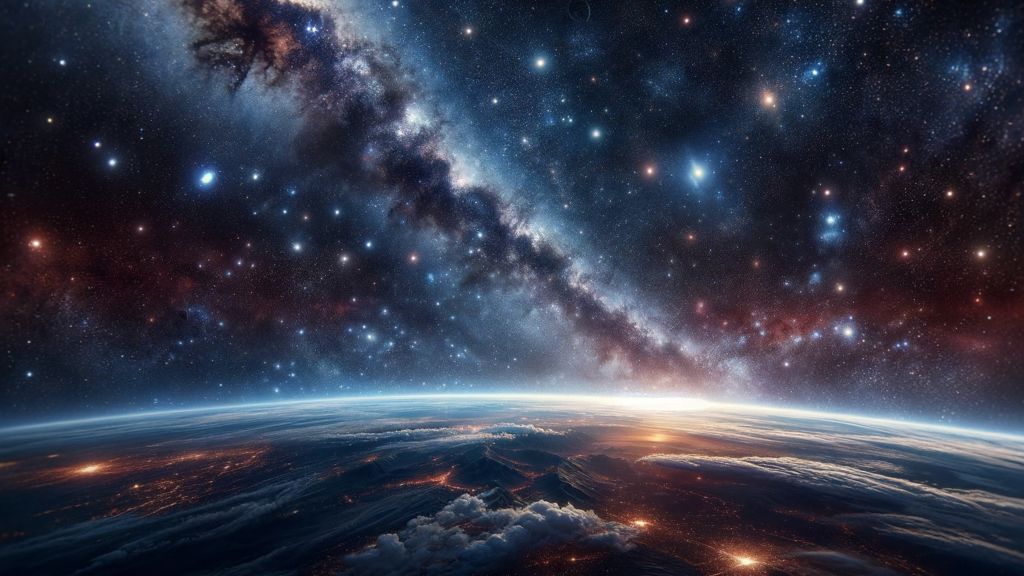
But the largest known star is called Canis Majoris. It’s so big that if earth was the size of a coin and if our sun was a nine-foot beach ball, Canis Majoris would be about two and a half miles wide! And if the earth was the size of a coin and the sun as large as a nine-foot ball, how far away would the sun be? About the length of a football field. In fact, if our entire solar system—the sun and all the planets—was the size of a coin, the sun would be visible only under a microscope, and the nearest star would be three hundred feet away. If you could travel at the speed of light—that’s 186,000 miles per second—it would still take one hundred thousand years just to travel across our galaxy!
If we tried to travel to Proxima Centauri in a rocket going sixteen thousand miles per hour, we would never make it. It would take 175,000 years to travel that far! Think of it this way: if you made a map to show the distance from our earth to Proxima Centauri, and used the period at the end of this sentence to represent the size of the earth, Proxima Centauri would be about one hundred miles away. And this is the closest star! Most stars are much farther away than this, and all of them would take impossibly long times to reach by any technology available to us. The universe is enormously larger than Galileo or anyone before him had ever imagined.
A universe of energy
The universe contains an unimaginable amount of matter and energy. We think of the universe as being made of stars, but it also contains many things we cannot see. As we saw earlier, we do not know exactly how many stars there are in the universe. But if the two hundred billion stars in our Milky Way galaxy are on the average, and there are at least 175 billion galaxies, then there must be at least 350 billion trillion stars.
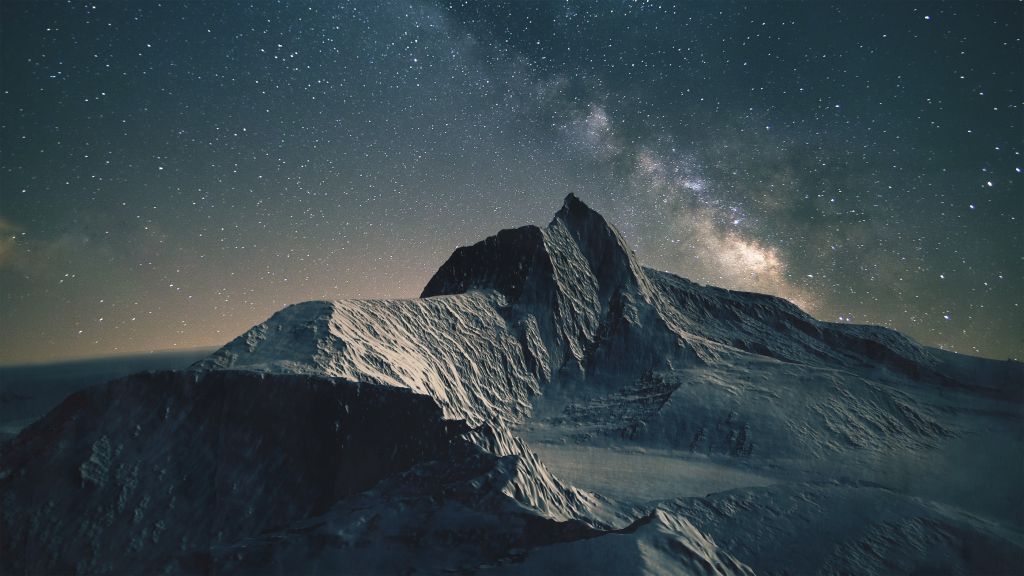
And the visible stars may form only about one-tenth of the mass of the universe. The rest is in the form of “dark matter,” which includes objects too small or too faint for us to detect. It also includes “black holes,” which are so massive that even light cannot escape their gravitational field. All this matter contains an enormous amount of energy.
The energy of the universe is also beyond our ability to comprehend. Each star shines brightly because it produces so much heat that the atoms glow. Our own star — the sun — has a temperature of more than fifteen million degrees (Kelvin). This huge amount of energy is enough to provide heat to warm our planet and light, which allows plants to grow and produce our food. And remember, our sun is not a large or hot star compared to most others. The amount of energy in the universe is beyond our ability to measure or even imagine.
The size of the universe and the vast energy it contains naturally lead us to one question: Where did it come from?

A beginning for the universe
Imagine you hold a balloon in your hands. Now take a pen and mark spots on the balloon one inch apart. When you hold the balloon to your lips and fill it with air, what happens to the distance between the spots? As the material of the balloon between the spots expands, all the spots move farther apart from each other. Scientists have discovered that something similar is happening to the stars. They are all moving apart from each other. Apparently, the universe is expanding, like a balloon expands with air.
If the universe is expanding, it must have been smaller in the past. The farther we look into the past, the smaller the universe would be. If we look back far enough, the universe would have shrunken down too small to see, then to an invisible point. This would be the beginning of the universe. From that invisible point, the entire universe has grown to its present size. Based on this reasoning, scientists began to believe that the universe had a beginning.
Modern scientists were divided at first over whether to accept the idea. One astronomer, Sir Fred Hoyle, was so opposed to this idea that he mockingly referred to it as the “big bang.” The name caught on, and we still refer to the theory as the big bang theory. Further studies and discoveries seemed to support the big bang theory, and most scientists now accept it.

The big bang theory raises some very big questions. What would cause the universe to appear from a tiny point, or from nothing? Could this happen accidently? Or is there something or someone behind the creation of the universe?
A designed universe
We can get some clues about the origin of the universe by studying what it is like today. The orderly structure and precise properties of the universe, for instance, are important clues to its origin. Matter is not scattered around randomly in the universe, but is mostly clumped into stars, planets, and other objects. Stars are not scattered randomly either, but are clumped into galaxies. And galaxies are often clumped into galactic clusters and superclusters.

Most amazing of all, the universe has exactly the kinds of properties needed for life to exist. How do we explain this kind of order in the universe? There seem to be three possible answers: natural law, chance, and intelligent design. Let’s look at each of these as potential causes for the order in the universe.
Natural law
Is it natural for the universe to have such a specific structure? No. There is no law that says the universe must be arranged so that it will form into planets, stars, galaxies and clusters. It could as easily be made up of just clouds of dust. Scientifically, the second law of thermodynamics tells us that order breaks down over time. That means the universe was more orderly in the past than it is now. Tracing this idea back to the beginning of the universe means that the universe must have been created with extremely precise original conditions.
So the order of the universe cannot be the result of some natural law that requires it. That leaves the question of whether the order in the universe is just the result of some lucky chance, or the product of an intelligent creator.
Chance
If life is going to exist, then the properties of the universe have to be very precise — very specific. For example, if the universe expanded too rapidly, matter would spread apart too quickly to form galaxies, and there would be no planets. On the other hand, if the universe expanded too slowly, matter would all clump into one giant lump, and there would still be no planets. Either way, life would not be possible.

The expansion rate of the universe must be so precisely fixed that a difference of one part in 1055 (the number 10 followed by 54 zeros) would throw it off. The chances of that happening are less than the chances of winning the lottery five times in a row. Think about that. If someone did win the lottery five times in a row, would you believe that it happened by chance? Neither would anyone else! Clearly, chance is not a good explanation for the precise conditions in the big bang.
Intelligent design
More than anything else, it’s the orderly structure of the universe that suggests that the universe was intelligently and purposefully planned. But scientists have determined that the universe has many finely tuned properties — exactly the ones required in order for life to exist. For example, life requires molecules to construct bodies, carry energy, and provide nutrients. But molecules could not exist unless there was an extremely precise balance among the masses of the various atomic particles and the forces holding them together. Many scientists have commented on the precisely tuned features of our universe, and suggested that they appear to be the result of intelligent planning.

Neither natural law nor chance provides a satisfactory explanation for the exquisite design of the universe. The best explanation — the one that fits what we see in our universe — is that it was intentionally created by One with unlimited power and intelligence.
Conclusion
Our picture of the universe has changed dramatically since the time of Galileo. We now realize the universe is vastly larger and more complex than anyone could have imagined only a few hundred years ago. Until recently, many scientists thought the universe had always existed and would always exist without ever changing in any way. Now we know it had a beginning, and is highly ordered and finely tuned for the survival of life. Even though our understanding of the universe is always changing, one thing remains the same. Humans have always been fascinated by what is ‘out there’. And it has led them to ask big questions about our own existence.
We’ll keep exploring this idea as we focus a little closer to home — our own world and some of the marvels of the living creatures around us.
The content of this post is taken from Beyond Imagination — There is more to life than we know, by John T. Baldwin, L. James Gibson and Jerry D. Thomas.



